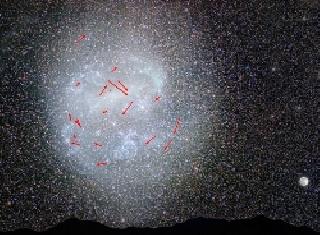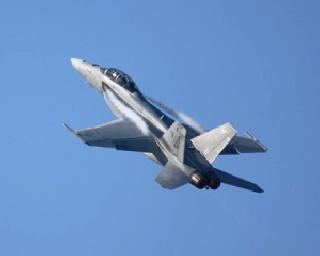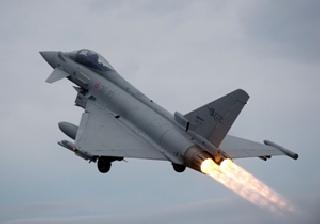
This artist's illustration shows Hubble measurements of the rotation of the Large Magellanic Cloud (LMC), the nearest normal-sized galaxy to our Milky Way. The LMC appears in the southern-hemisphere night sky, as seen in this ground-based image. A NASA/ESA photo
WASHINGTON (PTI): Scientists, including one of Indian-origin, have for the first time precisely measured the rotation rate of a nearby galaxy based on the clock-like movement of its stars using NASA's Hubble telescope.
According to their analysis, the central part of the neighbouring galaxy, called the Large Magellanic Cloud (LMC), completes a rotation every 250 million years.
It takes our Sun the same amount of time to complete a rotation around the centre of our Milky Way galaxy.
Roeland van der Marel of the Space Telescope Science Institute in Baltimore and Nitya Kallivayalil from University of Virginia used Hubble to measure the average motion of hundreds of individual stars in the LMC, located 170,000 light-years away.
Hubble recorded the stars' slight movements during a seven-year period.
"Studying this nearby galaxy by tracking the stars' movements gives us a better understanding of the internal structure of disk galaxies," said Kallivayalil.
"Knowing a galaxy's rotation rate offers insight into how a galaxy formed, and it can be used to calculate its mass," she said.
Disk-shaped galaxies such as the Milky Way and the LMC generally rotate like a carousel. Hubble's precision tracking offers a new way to determine a galaxy's rotation by the "sideways" proper motion of its stars, as seen in the plane of the sky, researchers said.
Astronomers have long measured the sideways motions of nearby celestial objects, but this is the first time the precision has become sufficient to see another distant galaxy rotate.
"The LMC is a very important galaxy because it is very near to our Milky Way," said van der Marel, who led the study.
For the past century, astronomers have calculated galaxy rotation rates by observing a slight shift in the spectrum of its starlight. This shift is known as the Doppler Effect.
The newly measured Hubble motions and the Doppler motions measured previously provide complementary information about the LMC's rotation rate.
By combining the results, the Hubble team obtained a fully three-dimensional view of stellar motions in another galaxy.
"By using Hubble to study the stars' motions over several years, we can actually, for the first time, see a galaxy rotate in the plane of the sky," said van der Marel.
The study was published in the Astrophysical Journal.
 Previous Article
Previous Article Next Article
Next Article













The Indian Air Force, in its flight trials evaluation report submitted before the Defence Ministry l..
view articleAn insight into the Medium Multi-Role Combat Aircraft competition...
view articleSky enthusiasts can now spot the International Space Station (ISS) commanded by Indian-American astr..
view article